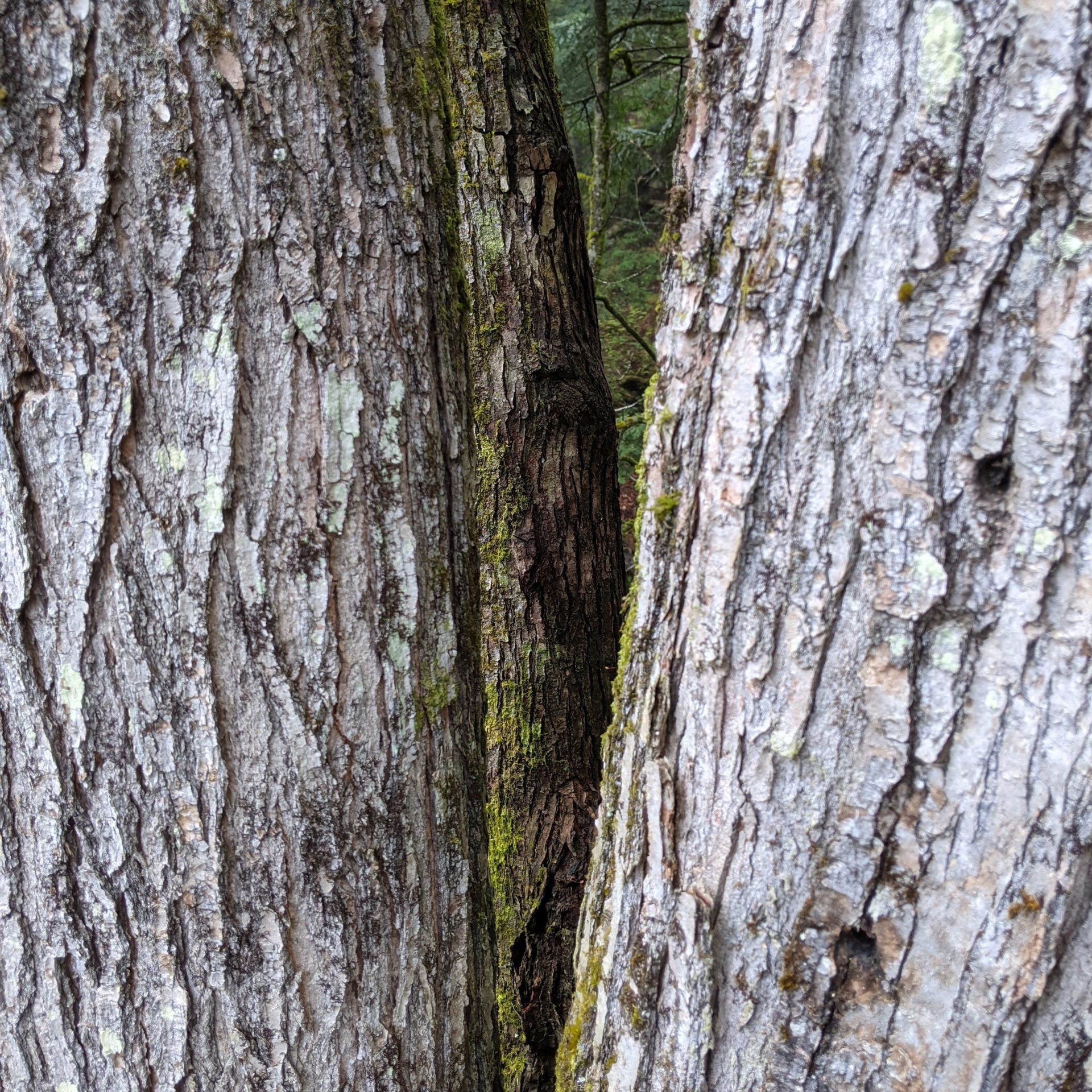Pesticides and herbicides are not commonly used in maple syrup production. Does that mean that all maple syrup is organic?
Time is tight. The kids are hollering for pancakes. And you keep forgetting to visit your local sugarhouse. Are you with me? You are at the supermarket, standing in front of that teeny-tiny local-food section, perusing your options. You see a bottle labeled “100% Organic Maple Syrup.” We’ve all been there.
“But, wait! Isn’t all Maple Syrup Organic,” you think, “regardless of whether it’s certified?”
“Not necessarily,” says Susannah Walsh Daloz, Food and Farm Program Director at the Vermont Youth Conservation Corps, and our favorite go-to for all questions agricultural. That’s because “organic standards,” says Daloz, “aren’t just about avoiding synthetic pesticides and herbicides, practices that may not generally be used in maple syrup production,” but also regulate how farmers manage the land.
Sure enough, a quick Google search turned up this document, Vermont Organic Famers’ “Guidelines for Certification of Organic Maple Syrup & Sap.” According to Daloz, this was the right document to find, because Vermont Organic Farmers, LLC, an arm of NOFA Vermont, has the power to certify agricultural products, including maple syrup, as UDSA Organic. (There are similar setups in other states and regions around the country.) And, sure enough, there are LOADS of requirements that have nothing to do with prohibiting synthetic pesticides, herbicides, synthetic tree-marking paint, or the synthetic defoamers that can be used in boiling. In fact, in eleven pages, approximately ten pages deal with all sorts of other stuff having to do with sugar stand management.
For example, there is a group of requirements devoted to maintaining or achieving species diversity, including requirements that a sugar stand be composed of at least 20% non-sugar maple trees (red maple count), and that the genetic diversity of other “plants, animals and microorganisms” in the stand be protected.
There are requirements about how to ensure sugar stand regeneration through management of mixed-age stands (sugar stands that have sugar maples of varying ages) or conversion of even-aged stands.
The organic sugar maker must abide by certain tree-thinning and harvesting techniques when removing trees from the stand, must minimize the damage such activities may cause to surrounding trees, and is prohibited from removing debris from the stand. In fact, “material smaller than 3 inches must be left in the woods.” According to the requirements, “[d]eviation from this standard could result in loss of certification.” Wow!
And then there are rules about managing the number, placement and condition of forest roads, limiting erosion of forest soils, maintaining water quality, and ensuring that any grazing animals permitted entry into the bush don’t cause lasting damage to it.
Guidelines as to how to tap the trees (as shallow as possible), where to tap the trees (staggered both vertically and horizontally from prior taps by specific distances) how many taps can be placed in a tree (never more than 2) and whether taps must be removed season-to-season (yes, always, no matter what) are quite lengthy, as well.
And we haven’t even gotten to sap storage (no galvanized anything, ever), syrup making (lead-free soldered boiling equipment only), bottle labeling (don’t get me started) and proper washing and disinfection of all of the above (summary: no matter what, rinse, rinse, rinse).
At this point, I’m wondering if ANY maple syrup is organic by these standards unless labeled as such. And yet, I’ve spoken with several smallish sugar makers who say that, aside from maybe laying off the synthetic defoamers, their farming techniques did not have to change at all in order to meet organic requirements, which they were happy enough to comply with in exchange for the premium they can charge for their product. Were they selling me magic beans, or what? Believable?
“I would absolutely credit those statements,” says Daloz. “Unlike other food production contexts, it was probably never part of the industrial model to use non-organic practices in the first place. The organic movement itself was organized for the purpose of forcing a shift away from practices that were likely generally not applied to traditional maple production.”
And, again, I say “wow!” That’s a whole lot of work to ensure a healthy, sustainable product. I guess that’s farming! Daloz agrees.
“It will be interesting to see,” adds Daloz, “as the maple industry shifts and consolidates, as new pests appear, and as the climate changes, whether non-organic practices become more prevalent in the industry. If they do, organic certification will be even more of a differentiator than it is today” she concludes.
So where does that leave me? Back in the supermarket, with a list as long as my arm. And I haven’t even picked out the maple syrup yet. Such is life.

